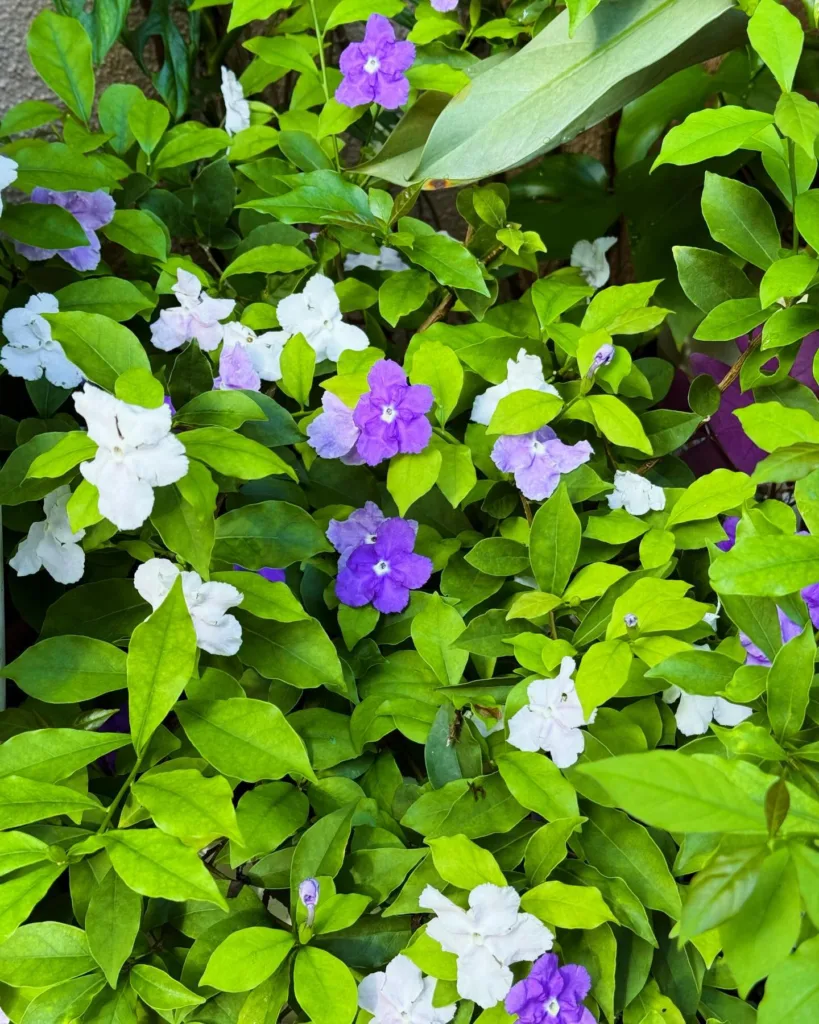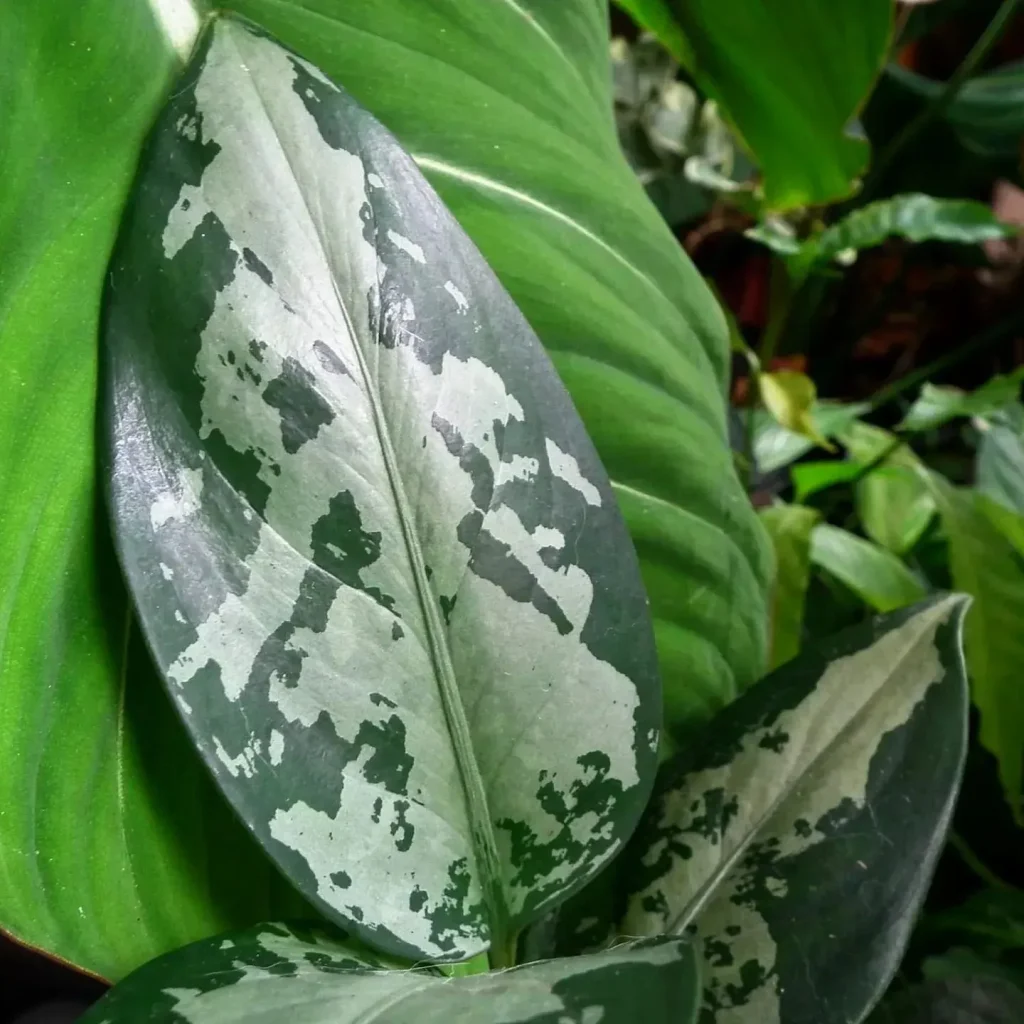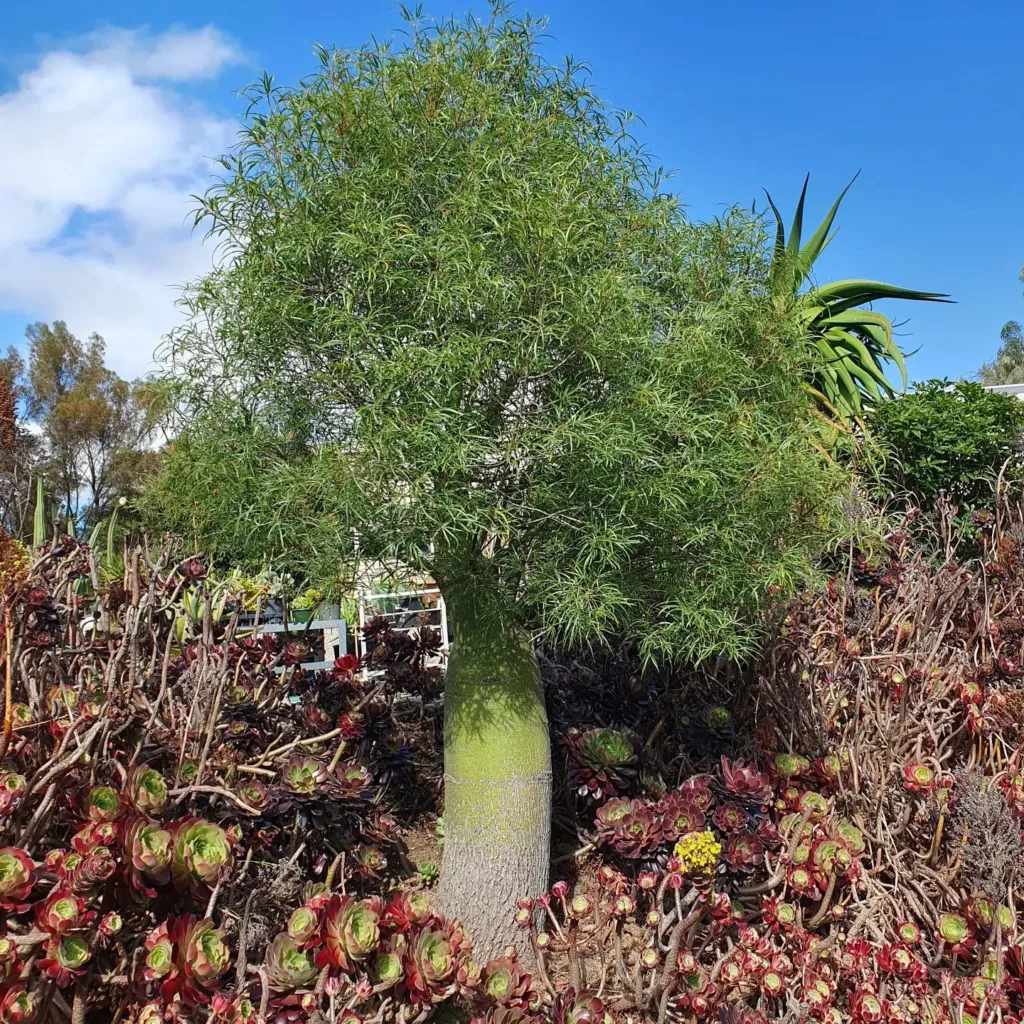Equisetum Scirpoides: The Intriguing Dwarf Scouring Rush
Hi, Ferb Vu here! Often, the plant world throws up some real curveballs. Equisetum scirpoides, also known as the Dwarf Scouring Rush, is one such curiosity. Let’s delve into the world of this prehistoric-looking plant and answer some of the most common questions about it.
Plant Family: Equisetaceae – 41 Species in Genus Equisetum – Horsetail
What is Equisetum Scirpoides?
Equisetum scirpoides is a fascinating little plant that belongs to the Equisetaceae family, commonly referred to as horsetails. These plants are survivors, tracing their lineage back millions of years to the Paleozoic era. Unlike flowering plants, Equisetum scirpoides reproduces via spores, a method more akin to ferns and mosses.
How Big Does Equisetum Scirpoides Get?
One of the defining features of Equisetum scirpoides is its compact size. It’s the smallest member of the Equisetum genus, typically reaching a maximum height of around 12 inches (30 cm). It forms dense, low-growing clumps, making it a great choice for edging or adding texture to container gardens.
What Does Equisetum Scirpoides Look Like?
Equisetum scirpoides has a unique appearance that sets it apart from other plants. Here’s a breakdown of its key characteristics:
- Stems: The most striking feature is the slender, hollow, and segmented stems. These stems have a rough texture due to the presence of silica, which is why the common name “scouring rush” arose – it was once used for scouring pots!
- Leaves: Equisetum scirpoides doesn’t have true leaves in the conventional sense. Instead, it has tiny, scale-like structures encircling the base of each stem segment, giving the appearance of black rings.
- Color: The stems are typically a bright green, with the black rings providing a striking contrast. In colder weather, the foliage may take on a pinkish tinge, adding another layer of interest.
Sun or Shade for Equisetum Scirpoides?
Equisetum scirpoides is a versatile plant that can thrive in both full sun and partial shade. However, it prefers consistently moist soil. In very hot, dry conditions, it might benefit from some afternoon shade to prevent the stems from drying out.
Equisetum Scirpoides vs. Horsetail:
Equisetum scirpoides is often referred to as a “dwarf horsetail.” This is because it belongs to the Equisetum genus, which includes taller species with similar characteristics. The key difference is size – Equisetum scirpoides is much more compact, making it a better choice for smaller gardens.
Is Equisetum Scirpoides Easy to Care For?
Equisetum scirpoides is a low-maintenance plant. It’s relatively pest and disease resistant, and once established, requires minimal care. The key is to ensure it has consistently moist soil.
How to Propagate Equisetum Scirpoides?
There are two main ways to propagate Equisetum scirpoides:
- Division: In spring or fall, you can carefully divide existing clumps into smaller sections. Ensure each section has a good amount of stem and “roots” (technically rhizomes) for successful establishment.
- Spores: Propagation by spores is a more challenging option but can be rewarding for the patient gardener. Spores are released in mid-summer and require specific conditions for germination.
Can Equisetum Scirpoides Grow Indoors?
Equisetum scirpoides can be grown indoors, but it requires specific conditions. It needs bright, indirect light and consistently moist soil. However, due to its preference for cooler temperatures, it might not thrive in a warm, dry home environment.
Is Equisetum Scirpoides Deer Resistant?
Equisetum scirpoides is generally considered deer resistant. The rough texture and presence of silica make it unpalatable to deer, offering a natural solution for those with browsing problems.
The Allure of Equisetum Scirpoides
Equisetum scirpoides offers a unique aesthetic that can add a touch of whimsy to your garden. Its compact size, interesting texture, and evergreen nature make it a versatile plant. Whether you’re looking for an edging plant, a filler for container gardens, or simply a conversation starter, Equisetum scirpoides is a charming addition to any plant collection.
If i die, water my plants!



